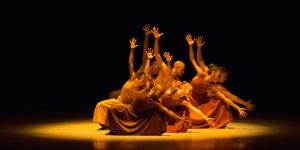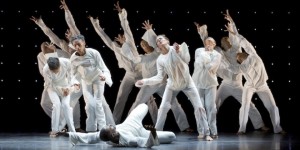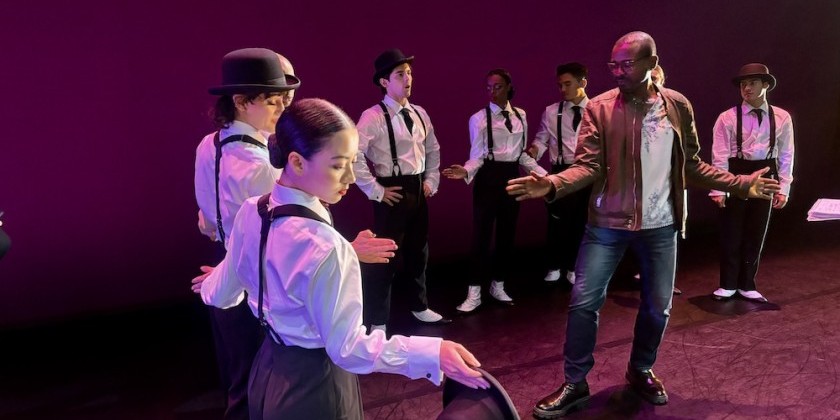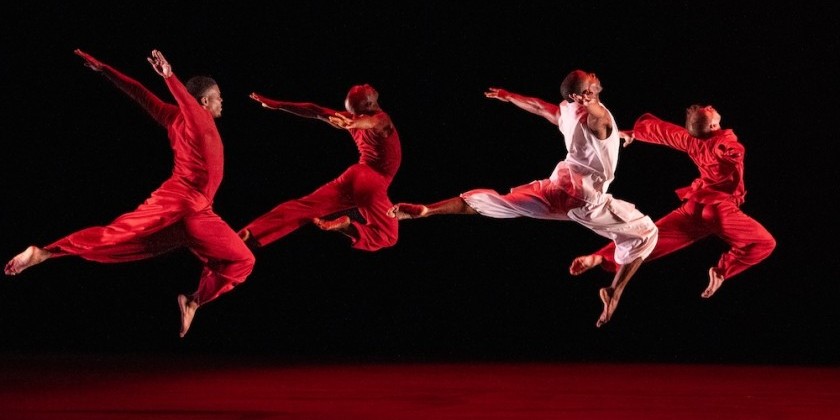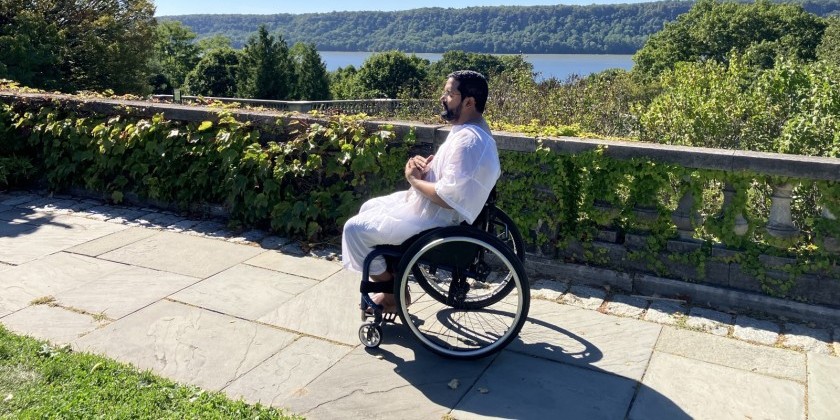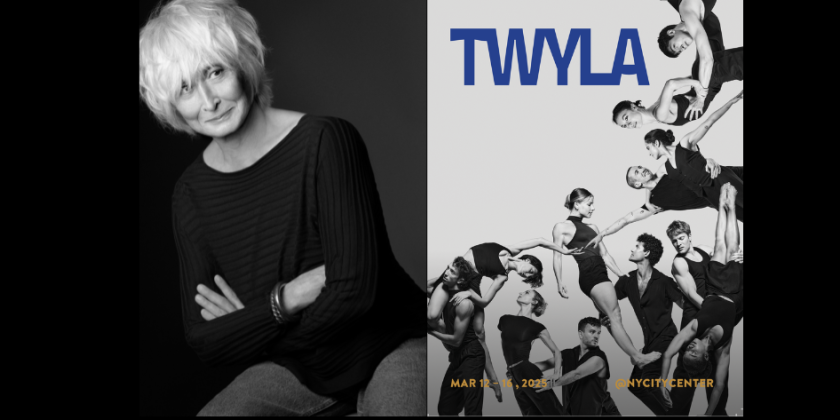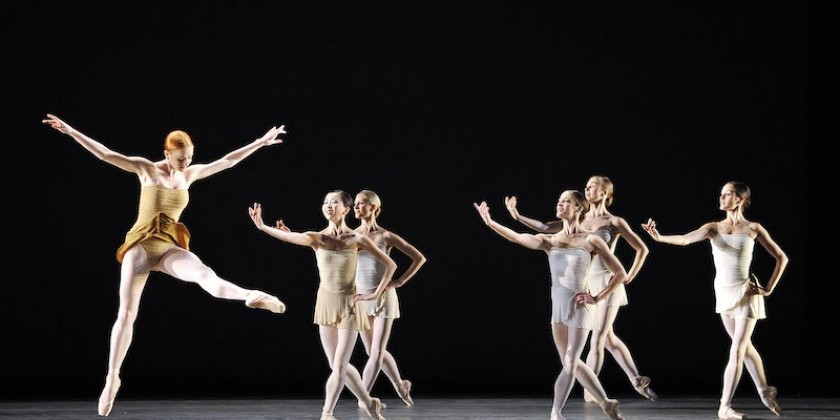A Day in the Life of Alvin Ailey American Dance Theater's Robert Battle
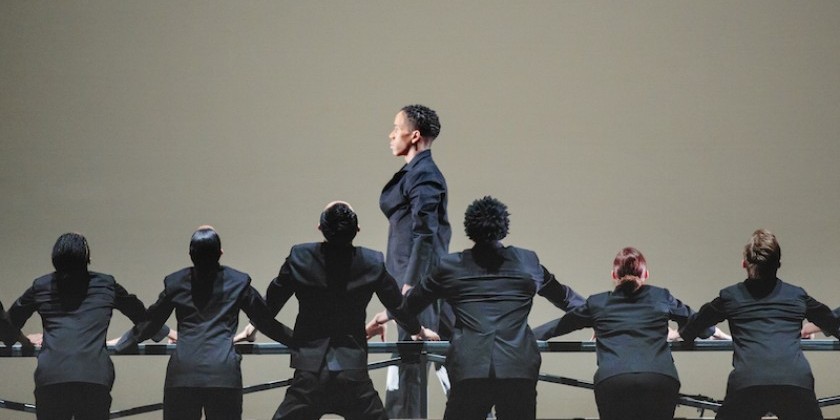
As the Artistic Director Prepares for his Premiere of "Awakening"
Alvin Ailey American Dance Theater's season is now through January 3 at New York City Center. For ticket information, go to the City Center website.
Pictured above: AAADT's Daniel Harder and company members in Robert Battle's No Longer Silent
Robert Battle stands at the front of a vast studio on a high floor of the Alvin Ailey headquarters, surveying, and urging on, a dozen dancers in a runthrough of his new dance, Awakening, a few weeks before its December 4th premiere. From the fervor and commitment that's evident from the start, it's clear this new work – the first choreography he has made for the Ailey troupe since becoming its artistic director – has deep and impassioned origins.
This was how Battle first got to know the Ailey dancers, and how they first encountered him – as a choreographer selected by then, director Judith Jamison, to contribute to the expanding Ailey repertory. His bold, exciting works such as The Hunt and Juba brought an invigorating energy into the mix and clearly provided dancers with vivid, juicy challenges.
When Battle was named as Ailey's third artistic director in 2010, the choice felt logical because he'd already forged such an interesting and solid connection with the organization. It also suggested that he would be an ongoing source of new pieces for the troupe's repertory, since he had previously been choreographing regularly for his own ensemble, Battleworks.
Yet Battle took a hiatus from choreography during his initial years as he settled into the highly visible and demanding job. He made his artistic statements through intriguing, often unexpected repertory choices, shaking things up with additions such as Ohad Naharin's Minus 16, Wayne McGregor's Chroma, and Paul Taylor's Arden Court.
“I had a five-year plan that I wouldn't choreograph in the beginning,” Battle says during an interview in his office, just before heading up to the rehearsal. “I knew that if I did choreograph, it would be not only overwhelming, but also I don't think it would have been the right strategic move. I think it would have drawn all the focus on the first dance of the new director – what is it going to be? It's hard to make work under that almost impossible microscope."
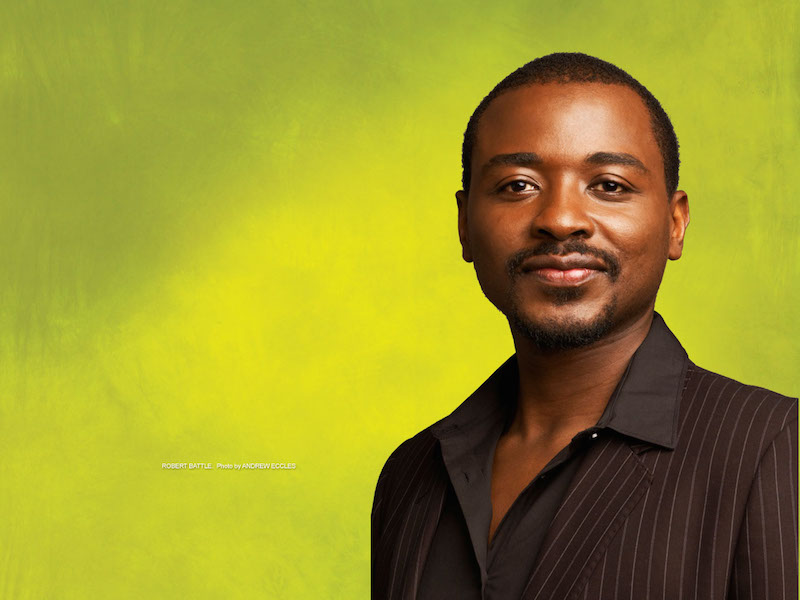
“I wanted people to focus more on what I was bringing to the repertory as a whole – as opposed to on my work. I wanted to establish that as one of the most important jobs I have. I wanted to establish the things I'm interested in – from Taylor to Rennie Harris to Naharin to Aszure Barton. I wanted to give a sense of my openness first – as opposed to my choreographic interest.”
Battle already knew he'd be putting his choreographer's hat back on when he brought his 2007 work No Longer Silent into the Ailey repertory earlier this year. A powerful ensemble showcase, originally created for a Juilliard program of dances set to scores by composers whom the Nazis had banned, it gave him the assignment of choreographing for a large cast and confronting a score that depicted a historical incident.
“That's one of the larger works I've done – 18 dancers, and to a large-scale score,” Battle notes about No Longer Silent, which is in the City Center repertory. Most of the works I had made for Ailey were smaller. I thought that would be a great way to start – a nice way to segue into making the new work. It was strategic.”
For Awakening, his premiere, Battle turned to the music of John Mackey, with whom he's collaborated a number of times, dating back to 1998. (The two men are contemporaries and both have Juilliard backgrounds, but they just missed each other there: Battle received his BFA in 1994, and Mackey arrived in 1995 to pursue his Masters.)
“I was looking for a big orchestral sound,” Battle recalls. He considered a Bartok score. “I was trying to figure it out when John sent me the last section of a recent symphony he'd written for marching band called Wine-Dark Sea. That last section is 'The Attentions of Souls.' It had a lot of the same properties of what I was looking for. I felt the other two sections of the symphony didn't work for what I had in mind. So he was leading me to different scores he'd composed.”
Battle chose Mackey's Turning, a 2007 wind symphony, for the first of his new dance's two sections. “It's very different for him; within this adagio – or dirge – it has massive sound, and then extreme quiet. Then it goes into this feeling of a purging – darkness and coming out of darkness. And those are some of the things I was thinking about in the work: Awakening – that crack of light where you can see everything clearly. But it doesn't stay open very long.
“Obviously I think a lot about Mr. Ailey, being in this position,” Battle says, noting that the desk at which he sits was the last one Ailey himself used. In choreographing the new work – for which he cites a definite Martha Graham influence – “I was thinking about that chaos when the leader is no longer physically there. Through the abstraction of the dance, the community tries to stay together. And then this reluctant prophet is born out of the group, but stays attached like an umbilical cord, and goes back into the group.”
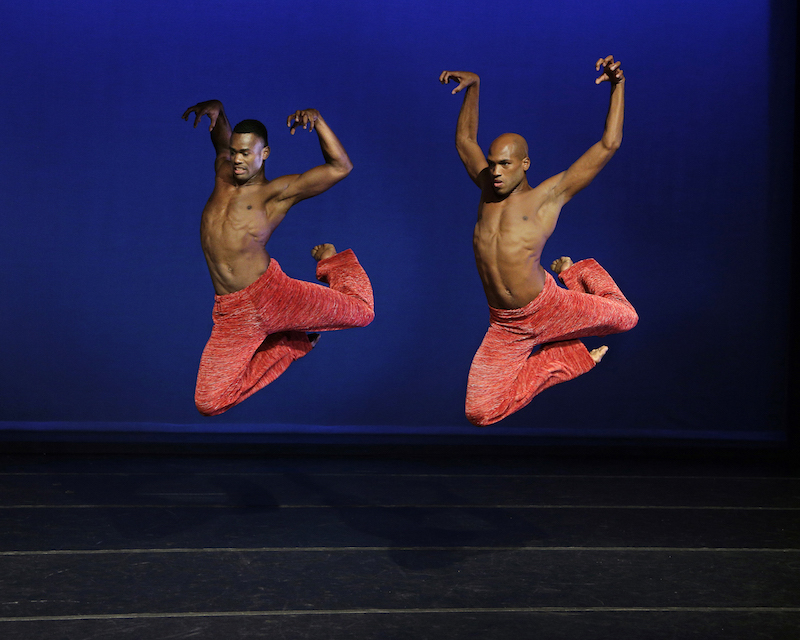
He cast Jamar Roberts as this central figure. “He's this large man with this intense power, but there's a sinuousness and vulnerability within that power – and that's the person that I wanted to convey in the dance, who becomes the leader. The second section is like his rite of passage. He becomes almost like a preacher in a congregation – the way that he stirs them on.”
After several years of observing – and, he reports, learning greatly from – other choreographers' rehearsals, Battle finds that “being in the studio with the dancers as a choreographer has been really fantastic. I guess I feel more free, because I can add variety to the rep by inviting choreographers who do different things. So I can really just focus on what I like to do. I can just be myself.”




